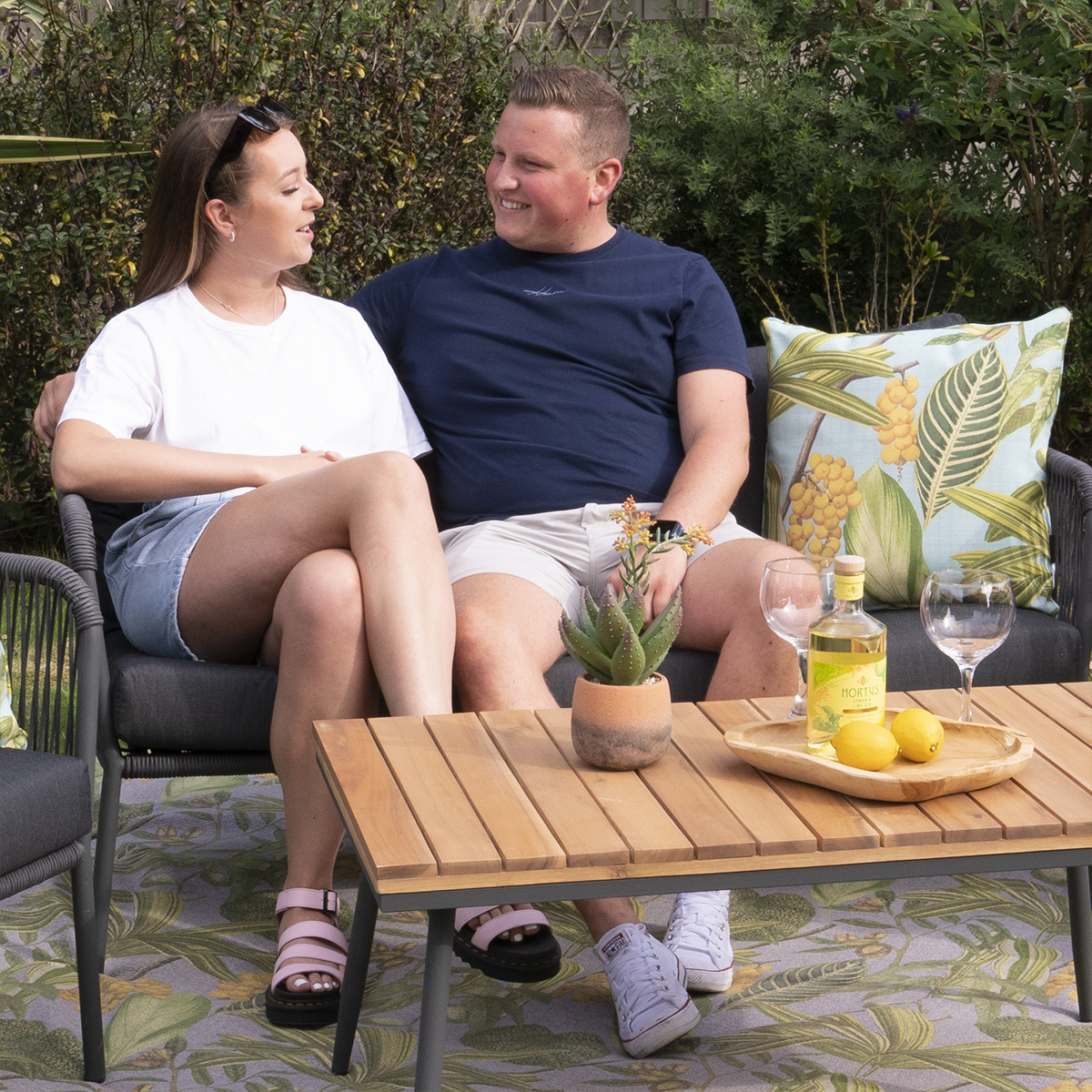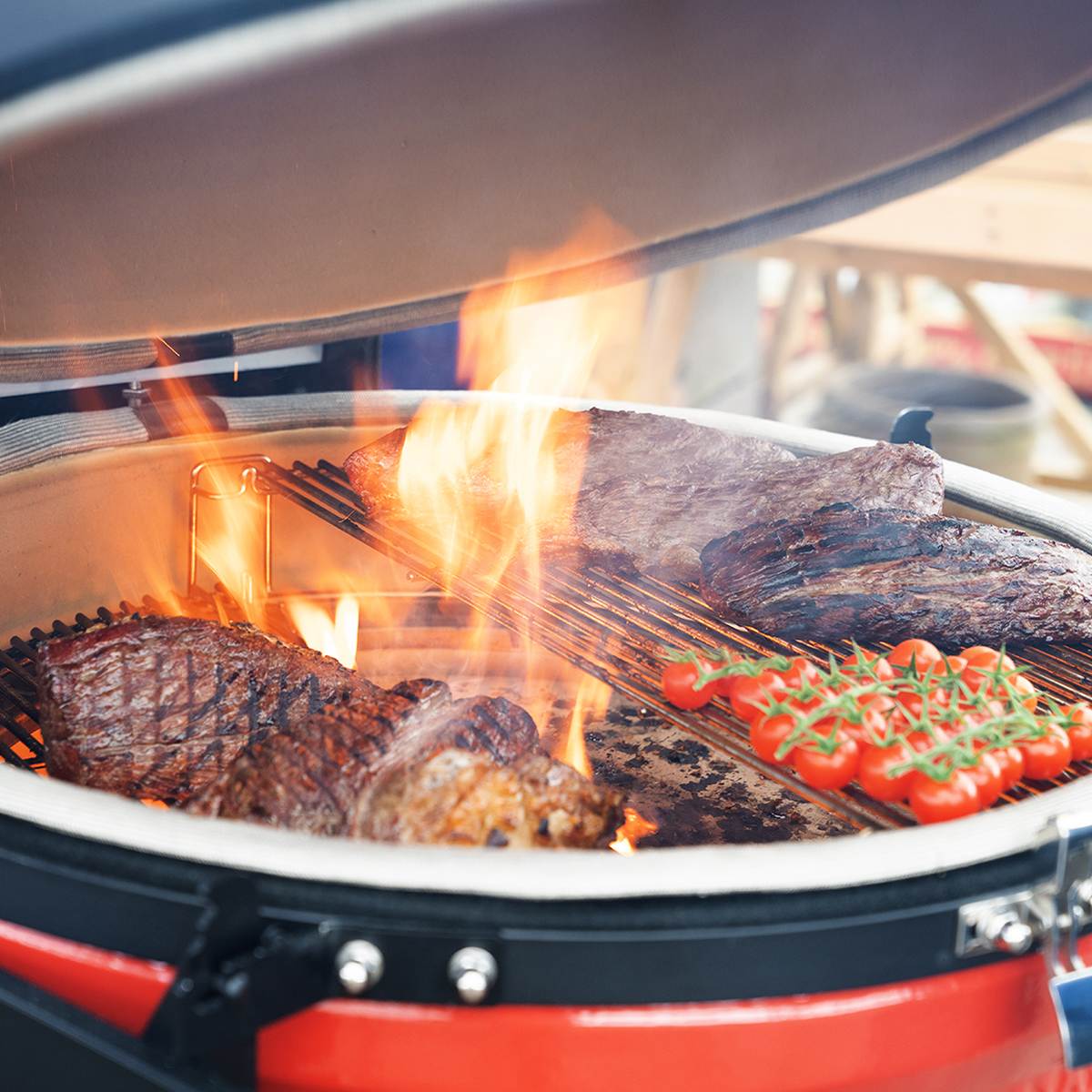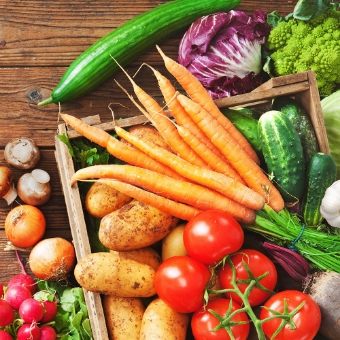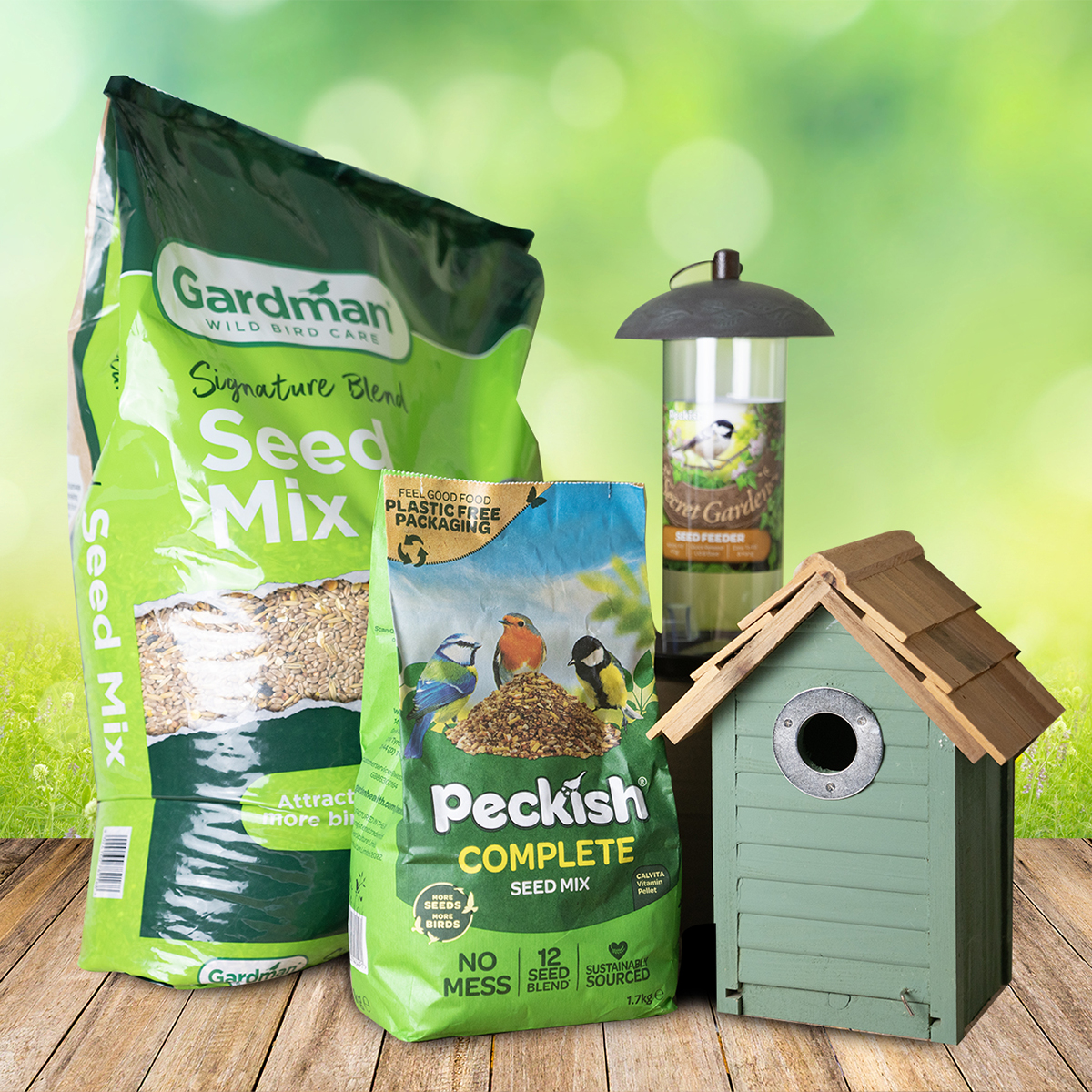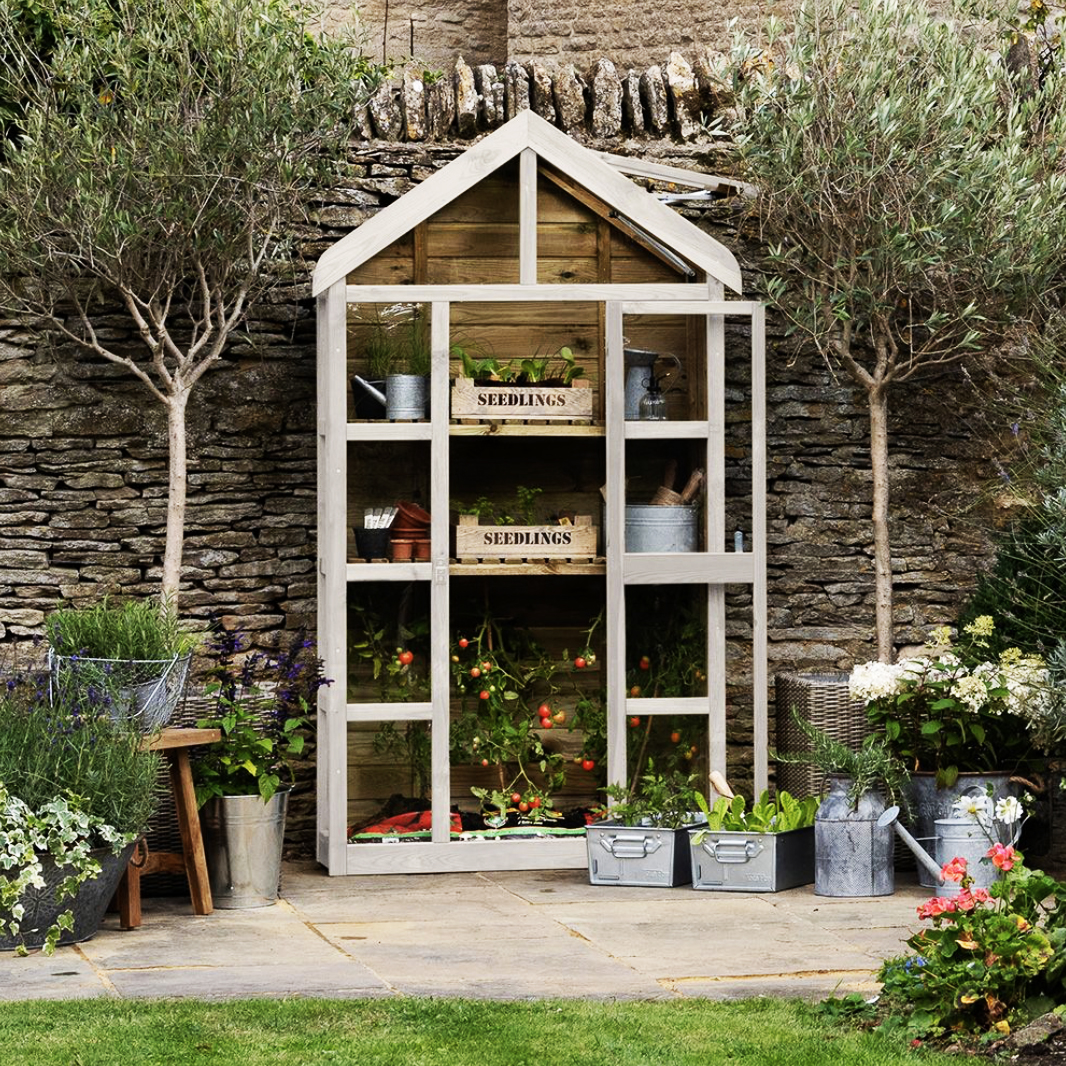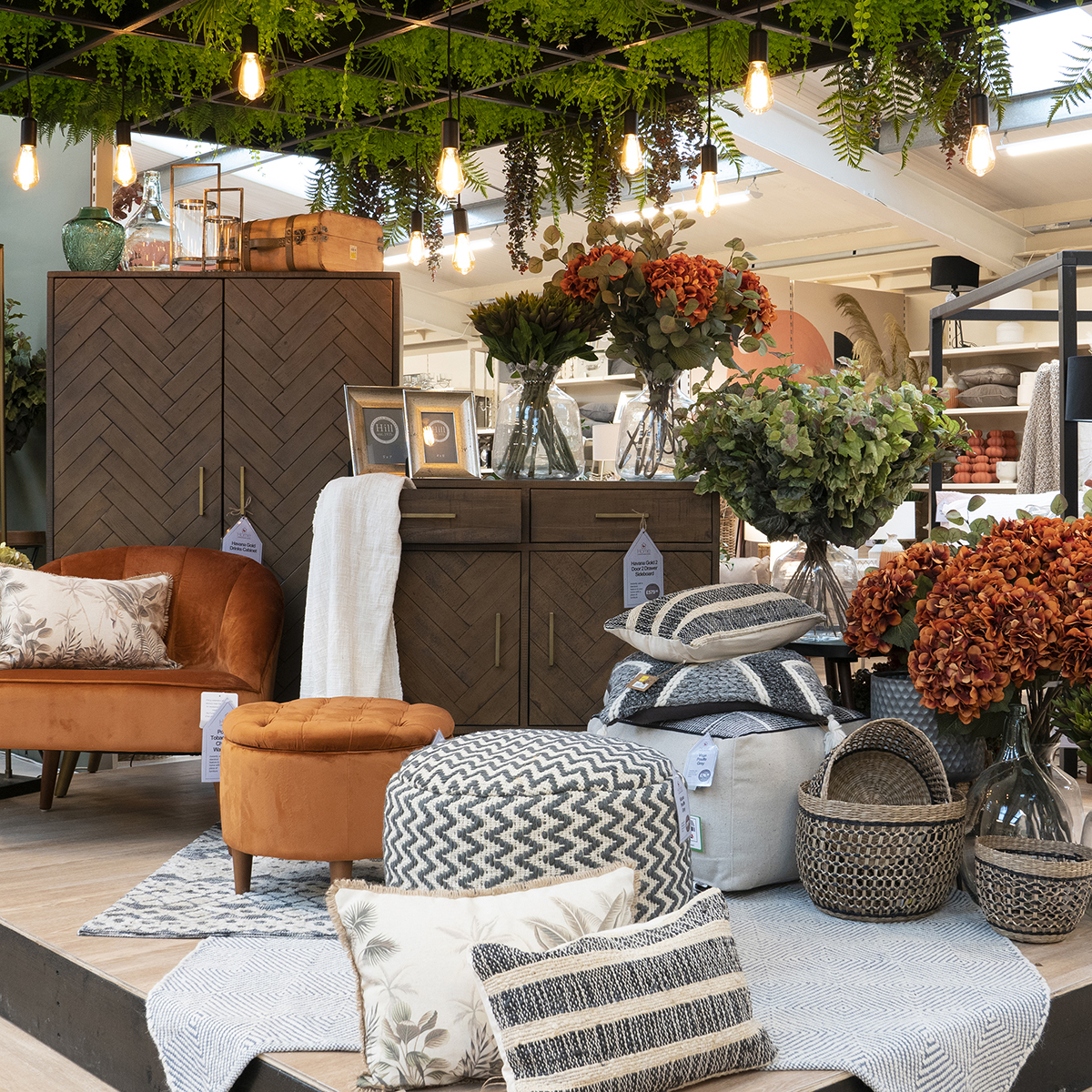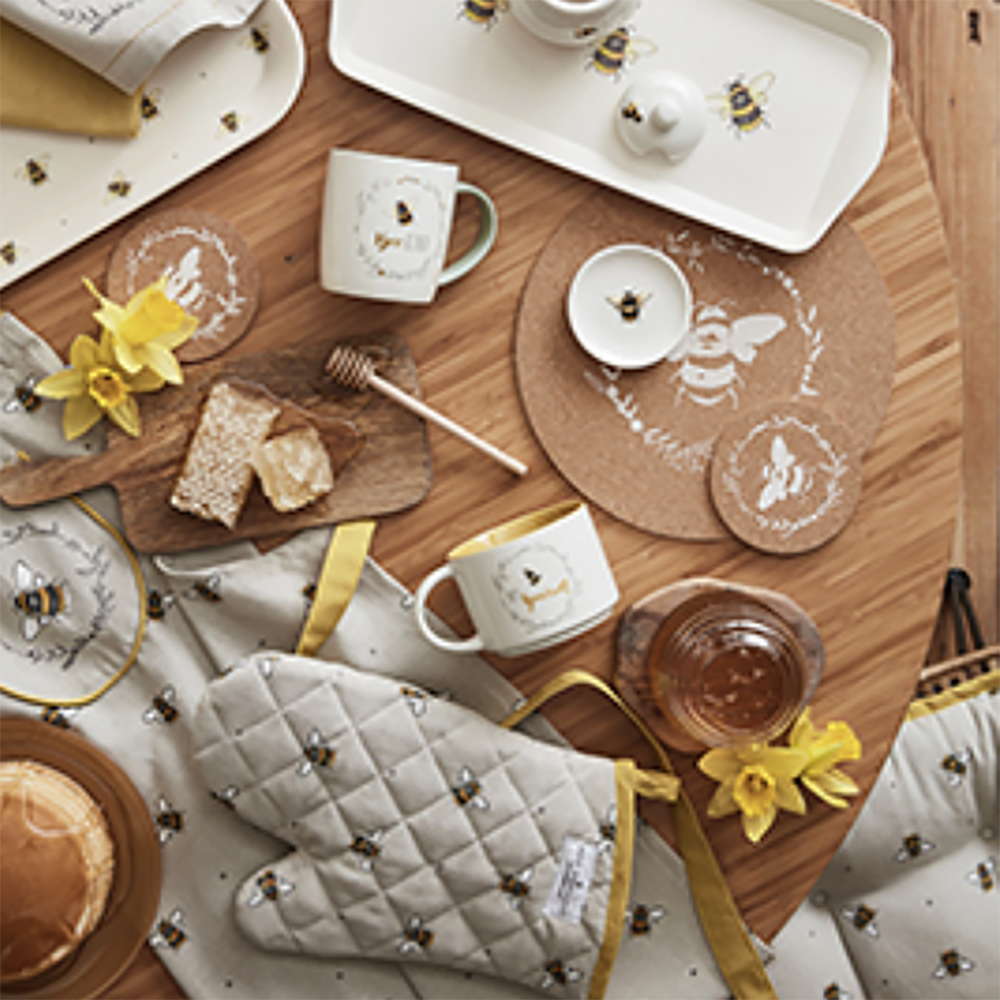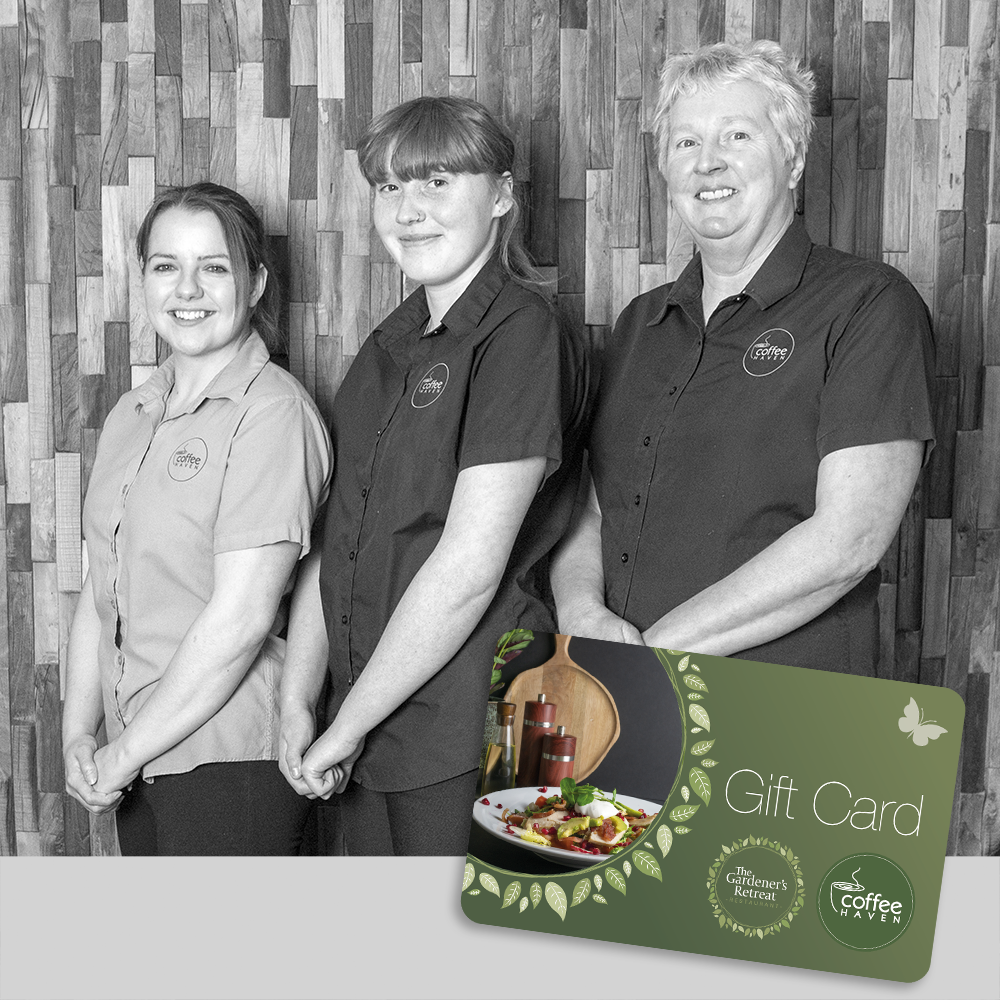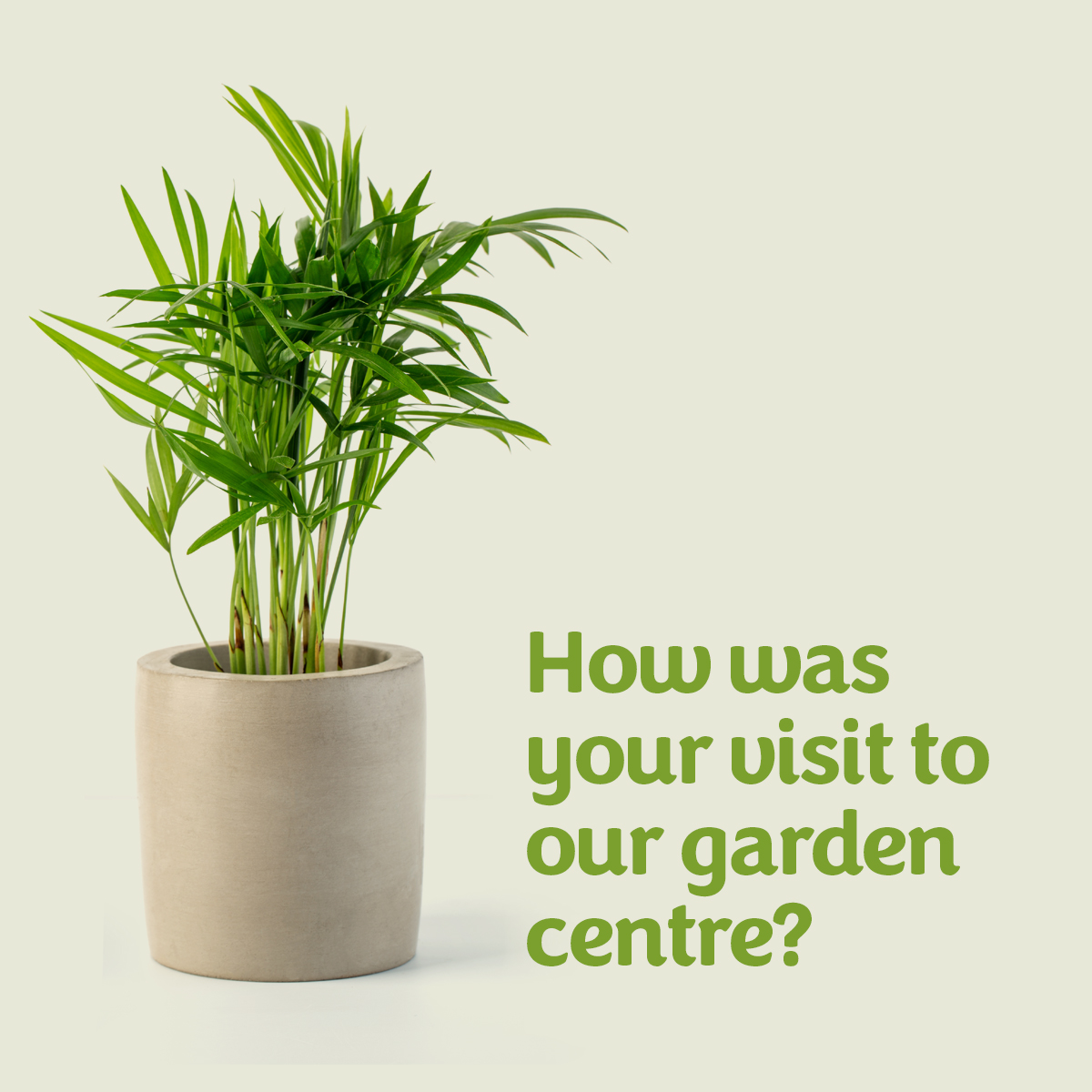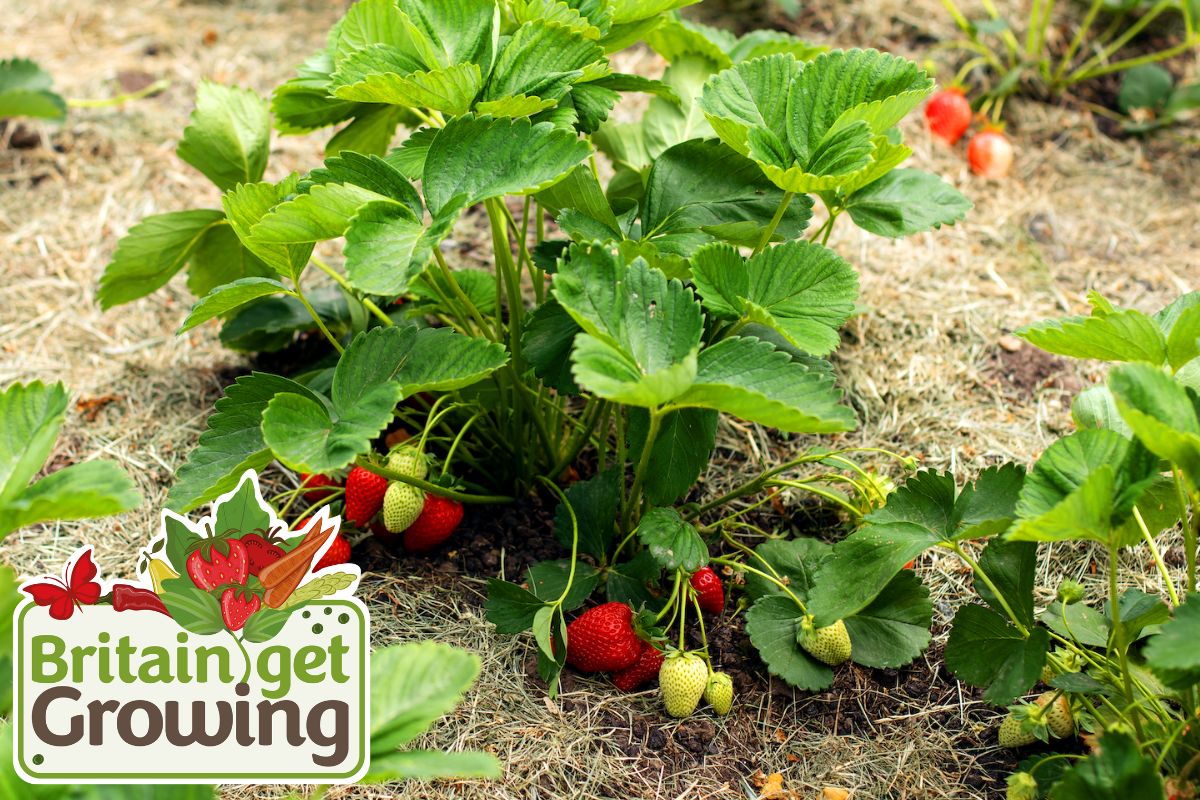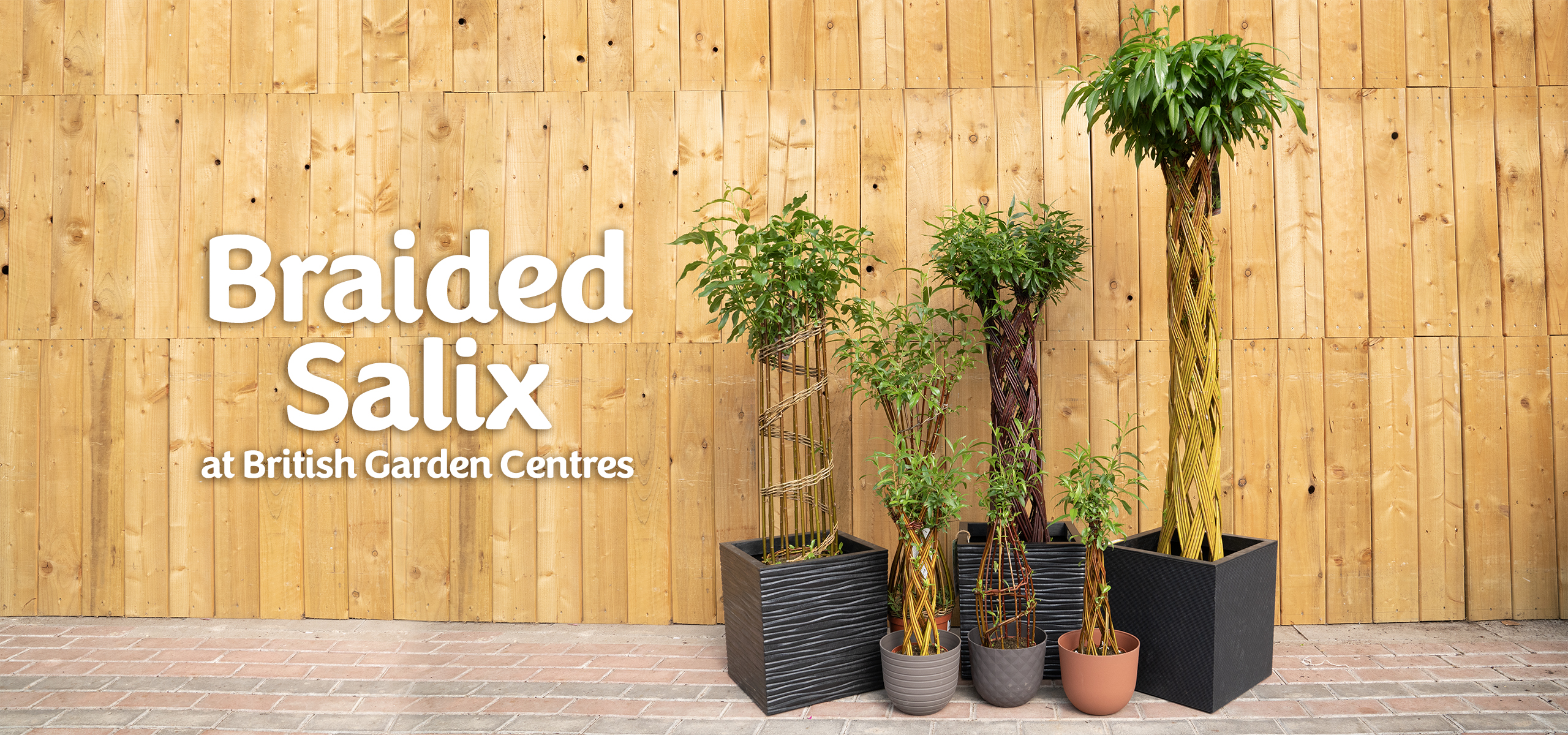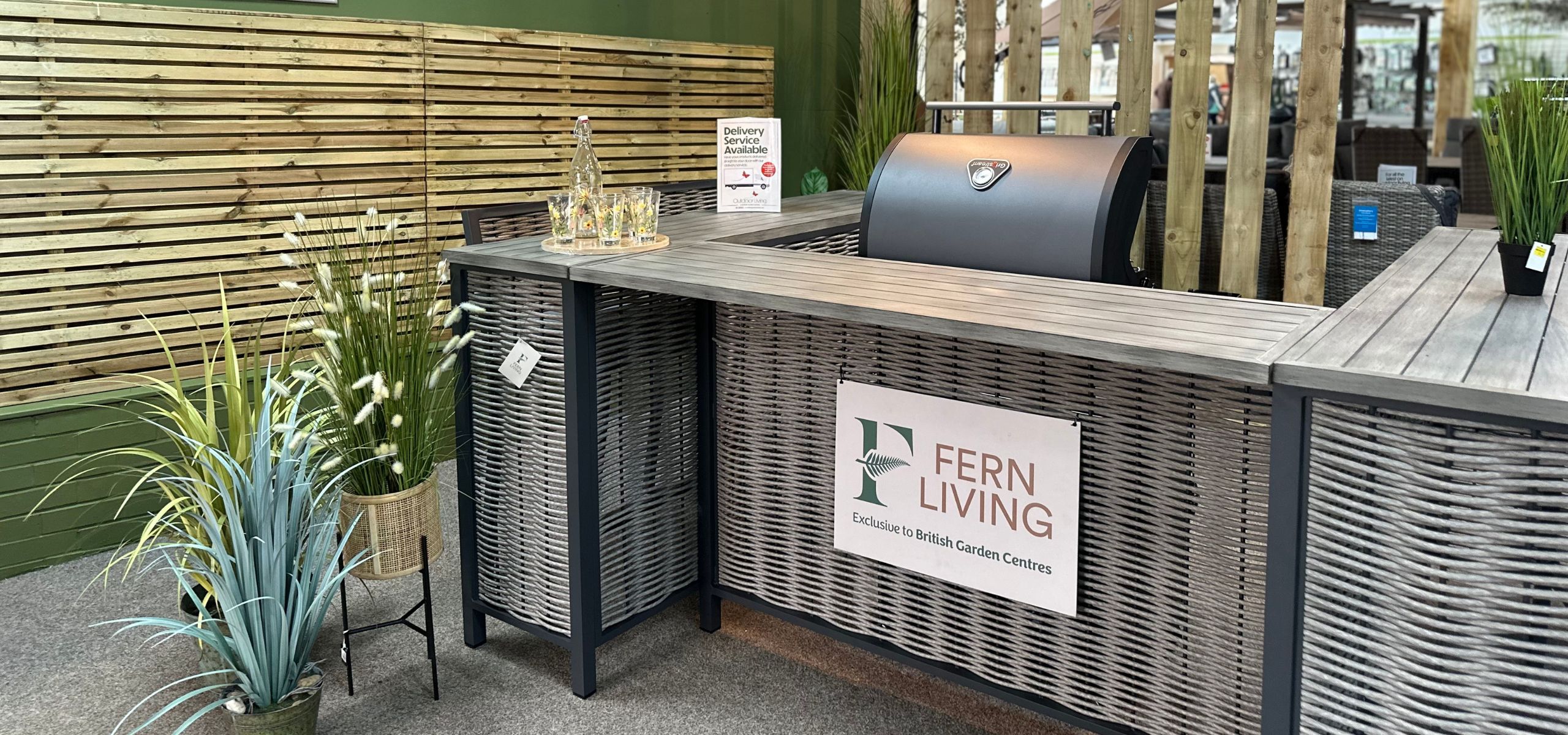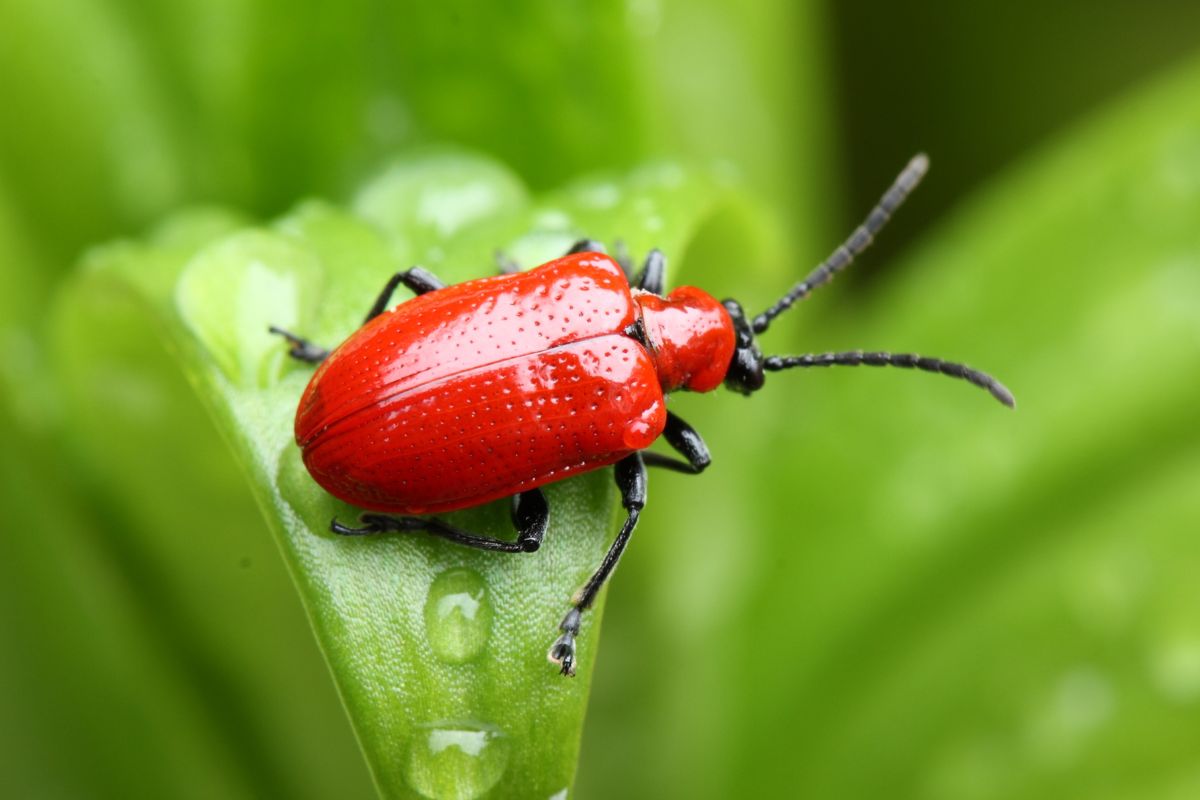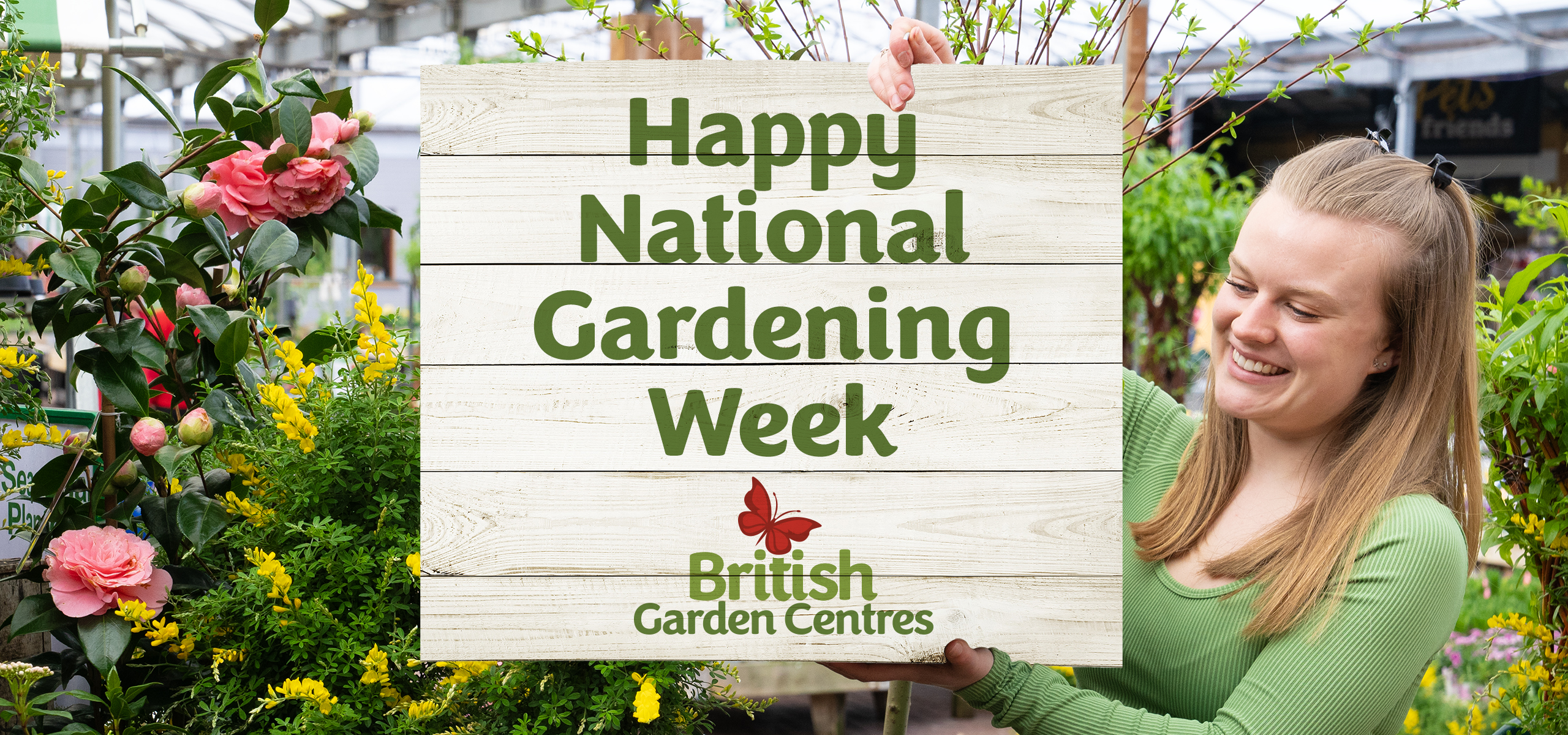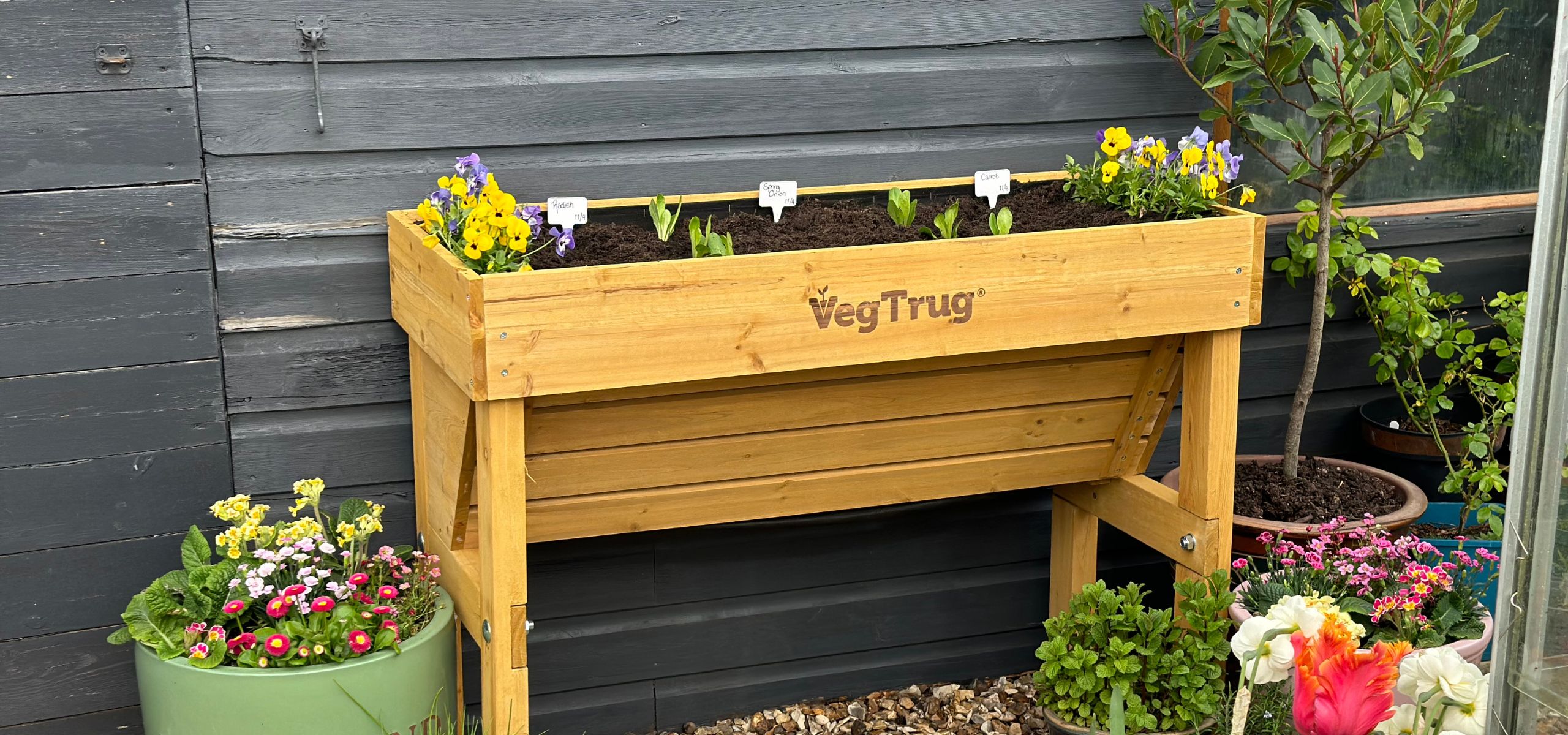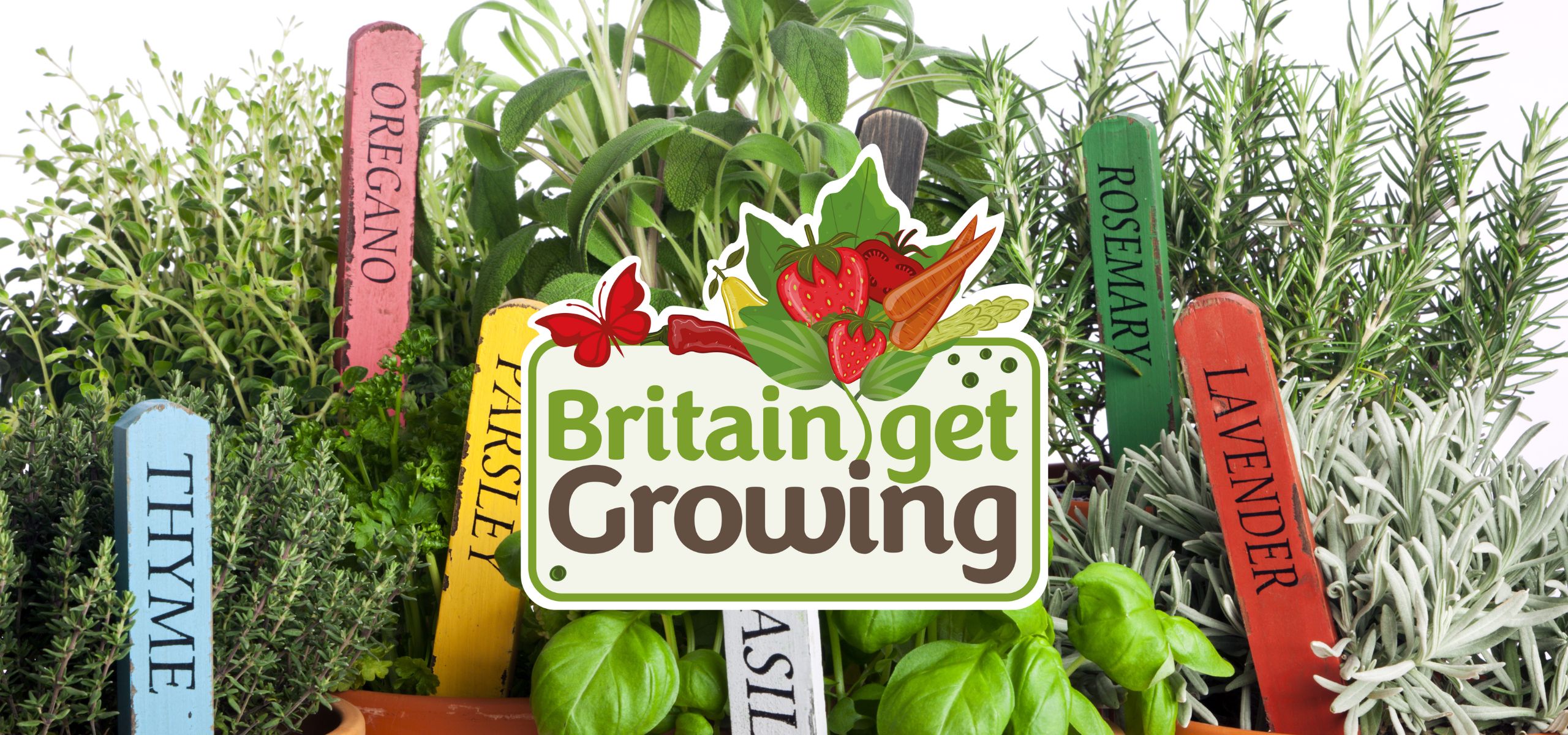Britain Get Growing: April
Nothing beats growing your own plants, fruits, and vegetables. There is nothing like homegrown produce when it comes to taste, freshness, and cost savings.
Our Britain Get Growing campaign will offer you top tips and tricks of the trade to grow a vegetable garden you will be proud of, whether you are growing peas, beans, strawberries, or roots.
What to plant now
Courgettes
Courgettes are best started in April from seed. We recommend you start sowing indoors from the beginning of April in seed tray modules or 9cm pots.
Once your young seedlings begin to appear, pot the larger ones into bigger pots and continue to grow them indoors until the end-of-spring frosts have passed.
Growing courgettes from seeds can be done outside once the risk of frost is over. To plant outside, dig holes 90cm apart in your compost and sow 1-2 seeds, 2.5cm deep. Cover the area with a plastic cloche until seedlings are fully established.
Courgettes are ready to harvest when they are about 10-12cm long.
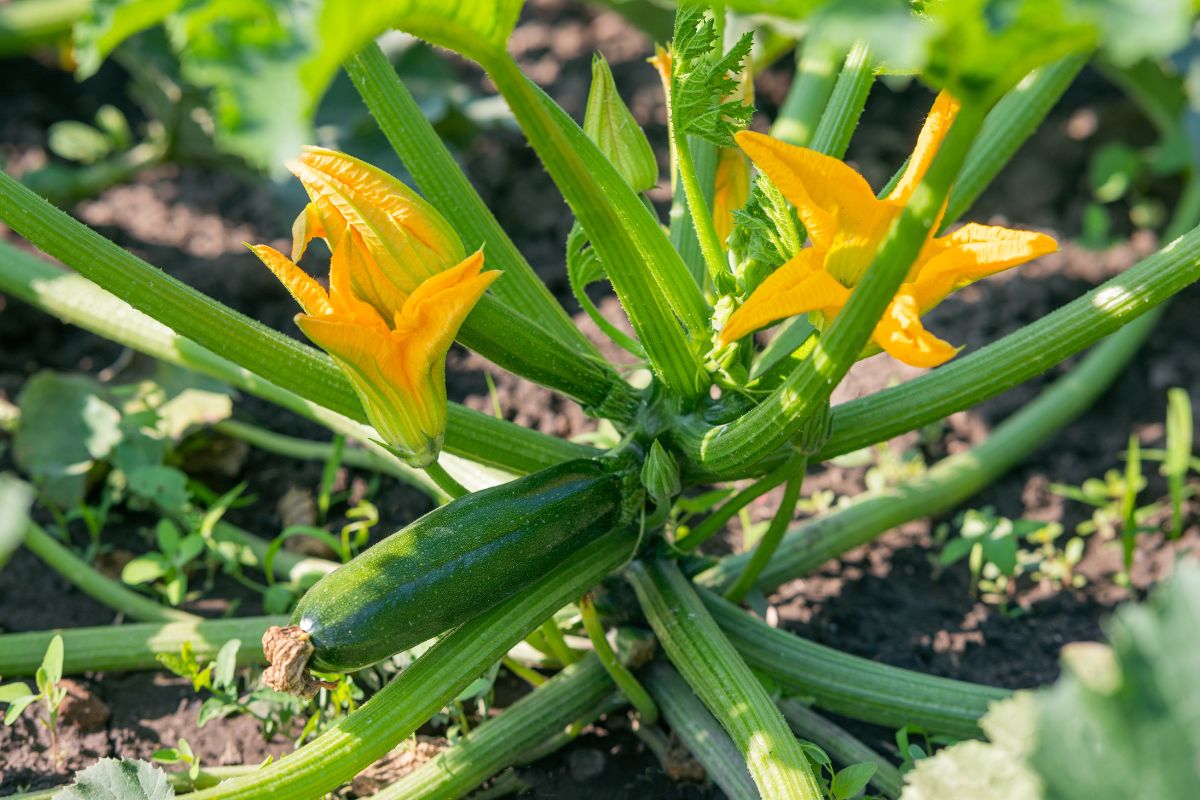
Squash
Like courgettes, squash can be a very rewarding crop to grow in your garden and produces an abundant harvest.
In your greenhouse, you can start to sow your squash seeds in April. Sow into a seed tray or 9cm pots around 1 inch deep in compost and water thoroughly. You will know when to pot on into a larger container when you see the squash roots through the bottom.
Squash is fast growing so it should be ready to be moved to your grow bags or vegetable patch by late spring. When growing squash outdoors, plant at least 1.2m (48in) apart as the plants will trail across the ground. Squashes are heavy feeders and so dig in a good organic compost for nutrients.
Your squash will be ready to harvest in autumn and make sure you store it at a temperature of 10-15°C.

Beetroot
Beetroot can be sown undercover in April and can be sown every few weeks for a continuous harvest through to autumn. Sow into a seed tray or 9cm pots around 1 inch deep in compost and water thoroughly.
When sowing the seeds outdoors in late April or with your indoor seedlings, plant 2.5cm deep, in rows 20cm to 30 cm apart.
The beetroot will poke its head above the level of the soil as they grow, so you can judge their size and pick them small if you want baby beets. Beet leaves can also be harvested for use in the same way as spinach or chard. For larger beets, leave the plants to grow for 3 months from sowing.
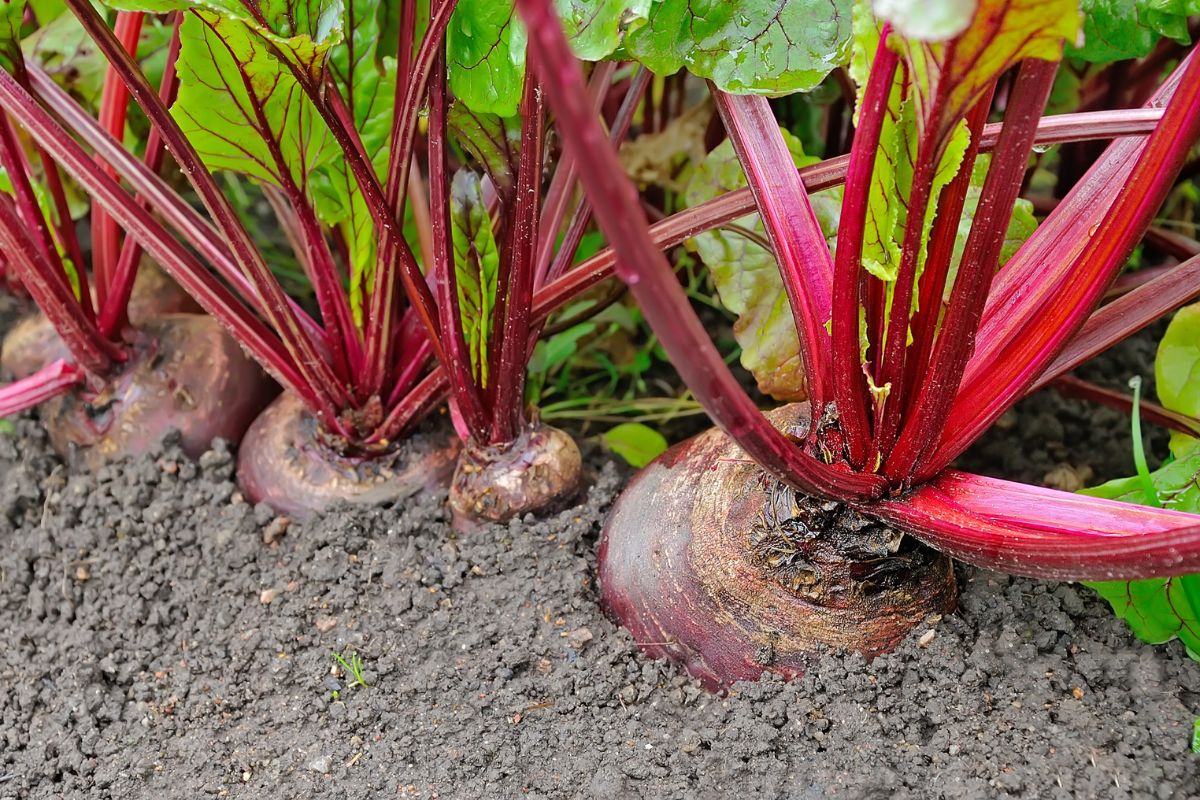
Runner beans
Runner beans are a reliable plant to grow in either your vegetable garden or they can even be grown in a container. We recommend you start sowing your runner beans seeds indoors in a greenhouse in April and outdoor seeds in May or early June.
Fill a large seed tray or individual 9cm pots with multi-purpose compost and plant a runner bean seed into the centre of each one. If you don’t have a greenhouse, these can be placed on a sunny windowsill. The young seedlings can be planted out once the frost has disappeared, normally later in May.
When planting outdoors after the frost has passed, sow the seed around 5cm deep with a 30cm space between adjacent rows roughly 45cm apart from each other. They will need support through canes or bamboo tepee structures if in pots or on the ground. You can harvest your runner beans from July when they reach 20cm long.
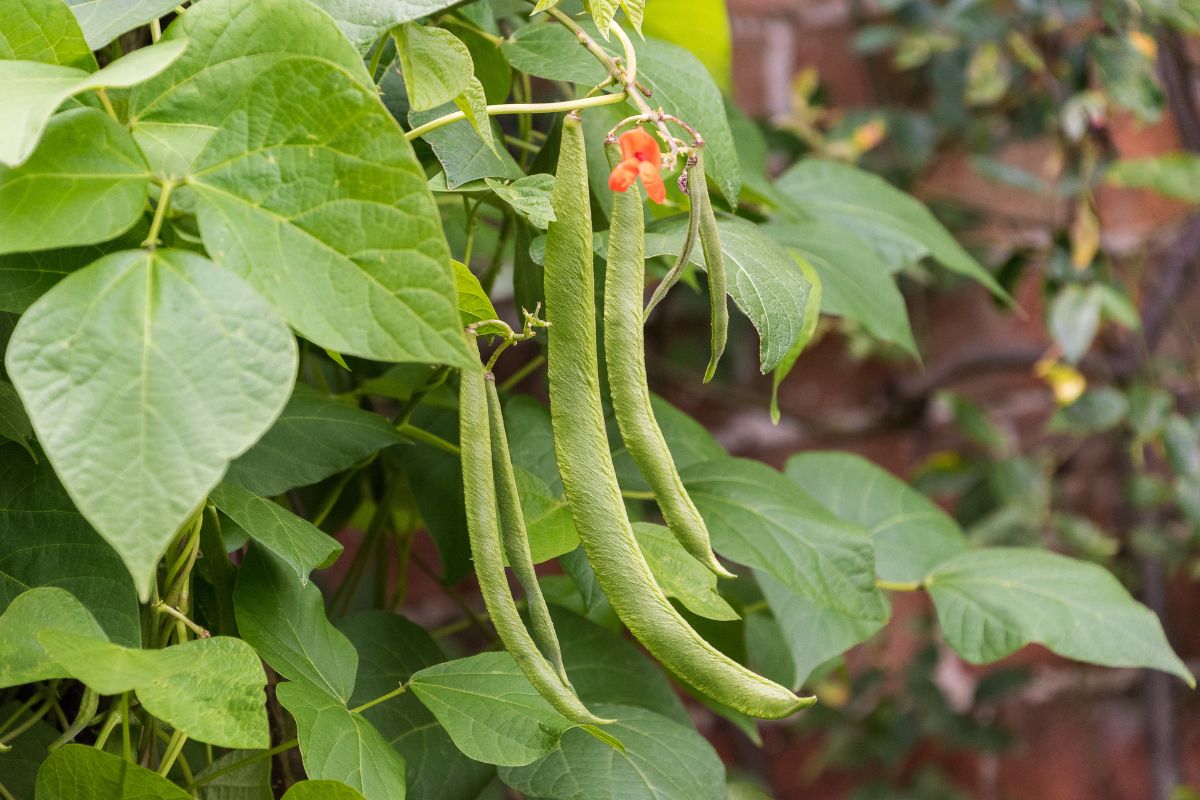
Leeks
Leeks come in several varieties including early, mid-season, and late varieties.
Below-Zero’s F1 Hybrid and Blauwgroene Winter Bandits, Musselburgh, Autumn Giant, Pandora, and Lyon are great varieties of leeks that you can sow in April. These types can be planted throughout the warm spring and summer months, will withstand the harshest winter conditions, and can be harvested and consumed from December until May of the following year.
These can be started in seed trays or 9cm pots indoors and placed on a sunny windowsill or in a greenhouse. They will be ready to be planted outside when the plants are 20cm tall. Simply make a hole in your soil with a dibber that is approximately 20cm deep, plant your seedling in, and water in. When making your trench for your leeks, plant each one about 15 cm (6 in) apart from the other.
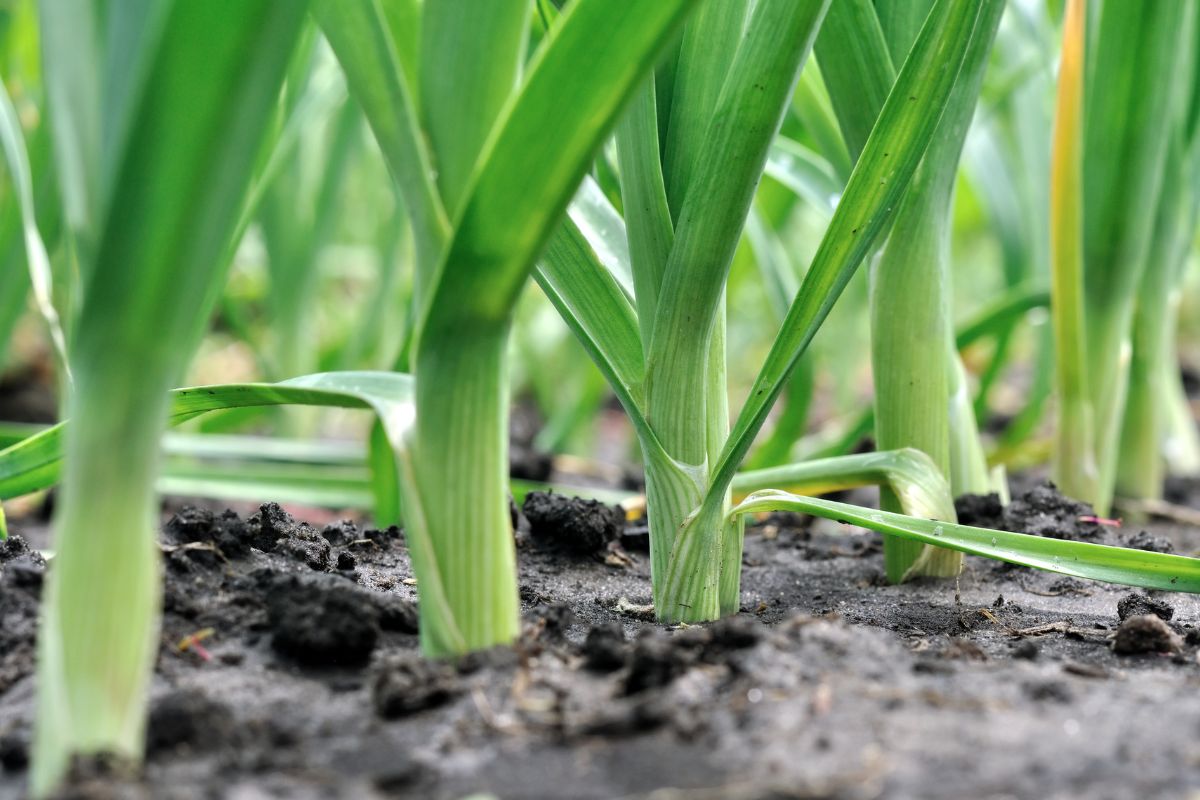
Peas
Seeds can be sown from late February to June, but April is a good month to sow peas. Sow them in a trench around 15cm wide and 3-5cm deep, spacing them around 8cm apart in rows, and in well-drained soil.
When sowing dwarf varieties, insert pea sticks as you are sowing the seeds so they can climb. If your peas are tall, you will need stakes attached to netting or twine so they can climb.
You won't need to feed the peas if your garden soil is healthy, however, you can feed them a liquid tomato feed once the pods begin to form.

Strawberries
There are many advantages to growing your strawberries, which may be planted in the ground in April. They take up little room, so if you have a tiny garden, you can plant them in pots or hanging baskets.
Seeds can be planted from early spring indoors. Sow the seeds in moist compost in a seed tray with a lid to seal in moisture and place them somewhere bright and warm. They will germinate in approximately 2-3 weeks. Harden off and plant out in April once the frosts have passed.
When planting we recommend your strawberry bare root plants be placed in direct sunlight and be planted in well-drained soil for the best results. For best results, plant your strawberries in sandy, loamy soil that is at least 12in deep. Plant 45cm apart with 75cm between each row.

Our Britain Get Growing page has loads of helpful advice and tips on growing your own or visit your local British Garden Centre and speak to our friendly team.
